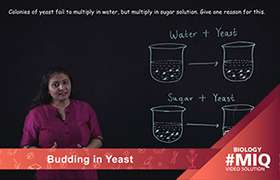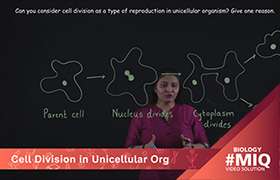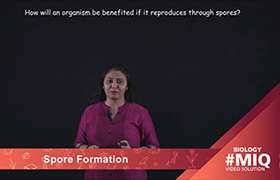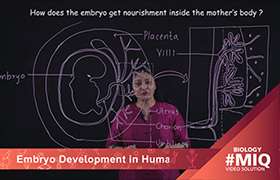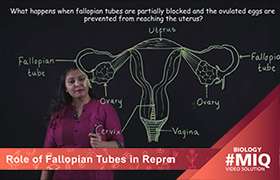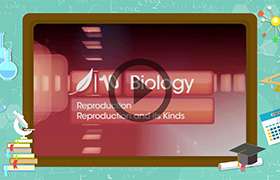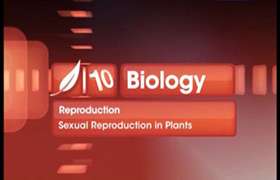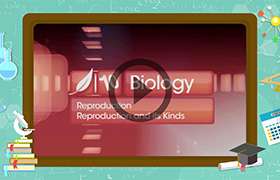CBSE Class 10 Answered
Explain the process of meiosis
in a detailed manner with illustrations.
Asked by mababu65 | 13 Nov, 2010, 08:39: PM
Dear student,
Meiosis is a reduction type of cell division by which germ cells (eggs and sperm) are produced. Meiosis involves a reduction in the amount of genetic material i.e. haploid cells are formed from diploid cells.
Meiosis comprises two successive nuclear divisions with only one round of DNA replication. There are two stages of meiosis - Meiosis I and Meiosis II
Meiosis I - It coinsists of the following stages:
-
- Prophase 1: Duplicated chromatin condenses. Each chromosome consists of two, closely associated sister chromatids. Crossing-over can occur during the latter part of this stage.
- Metaphase 1: Homologous chromosomes align at the equatorial plate.
- Anaphase 1: Homologous pairs separate with sister chromatids remaining together.
- Telophase 1: Two daughter cells are formed with each daughter containing only one chromosome of the homologous pair.
Meiosis II - It consists of the following steps:
- Prophase 2: DNA does not replicate.
- Metaphase 2: Chromosomes align at the equatorial plate.
- Anaphase 2: Centromeres divide and sister chromatids migrate separately to each pole.
- Telophase 2: Cell division is complete. Four haploid daughter cells are obtained.
Regards,
Team Topperlearning
Answered by | 14 Nov, 2010, 06:02: AM
Application Videos
Concept Videos
CBSE 10 - Biology
Asked by ar3886267 | 01 Mar, 2024, 05:57: PM
CBSE 10 - Biology
Asked by janu69659 | 28 Feb, 2024, 09:12: PM
CBSE 10 - Biology
Asked by baibhabsenapati | 16 Feb, 2024, 01:29: PM
CBSE 10 - Biology
Asked by mohammedtaiyabt | 14 Feb, 2024, 05:42: AM
CBSE 10 - Biology
Asked by ananyapatharidav | 06 Feb, 2024, 06:51: PM
CBSE 10 - Biology
Asked by artikumari118 | 05 Feb, 2024, 10:45: AM
CBSE 10 - Biology
Asked by muskan.bharti.dih | 08 Nov, 2023, 11:53: AM
CBSE 10 - Biology
Asked by saritadiwakarjha | 09 Mar, 2023, 02:45: AM
CBSE 10 - Biology
Asked by ten.foundation | 15 Jul, 2022, 02:32: PM
CBSE 10 - Biology
Asked by winkeyroy98 | 15 Jul, 2022, 02:30: PM

